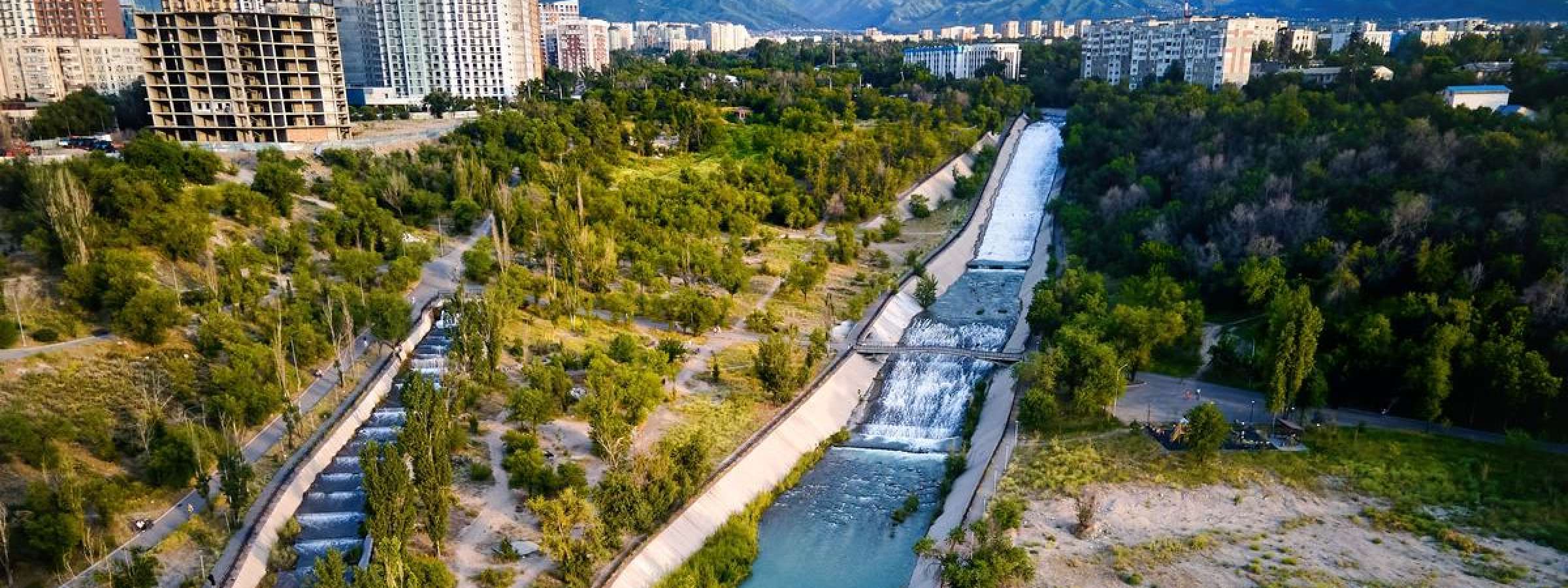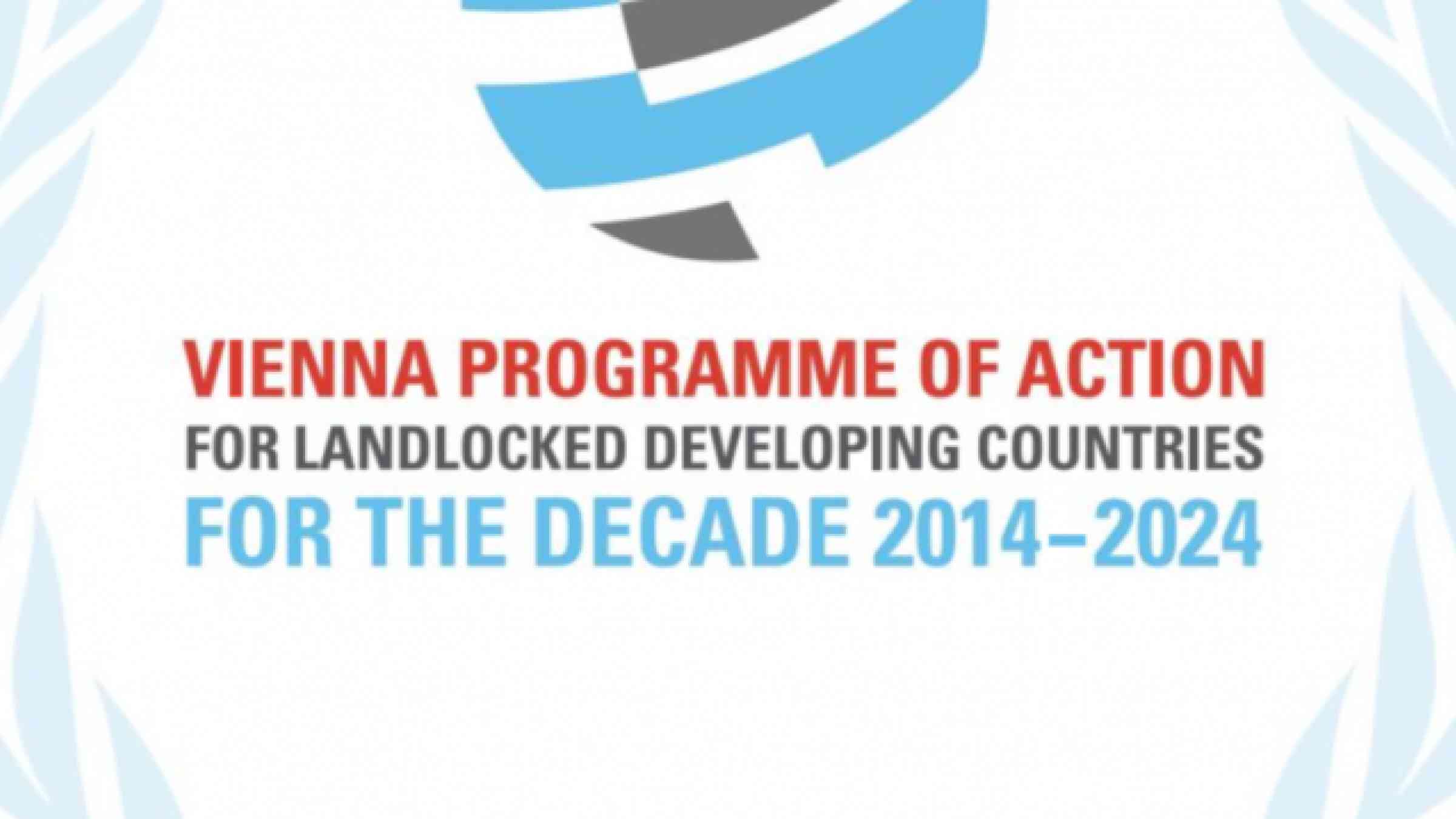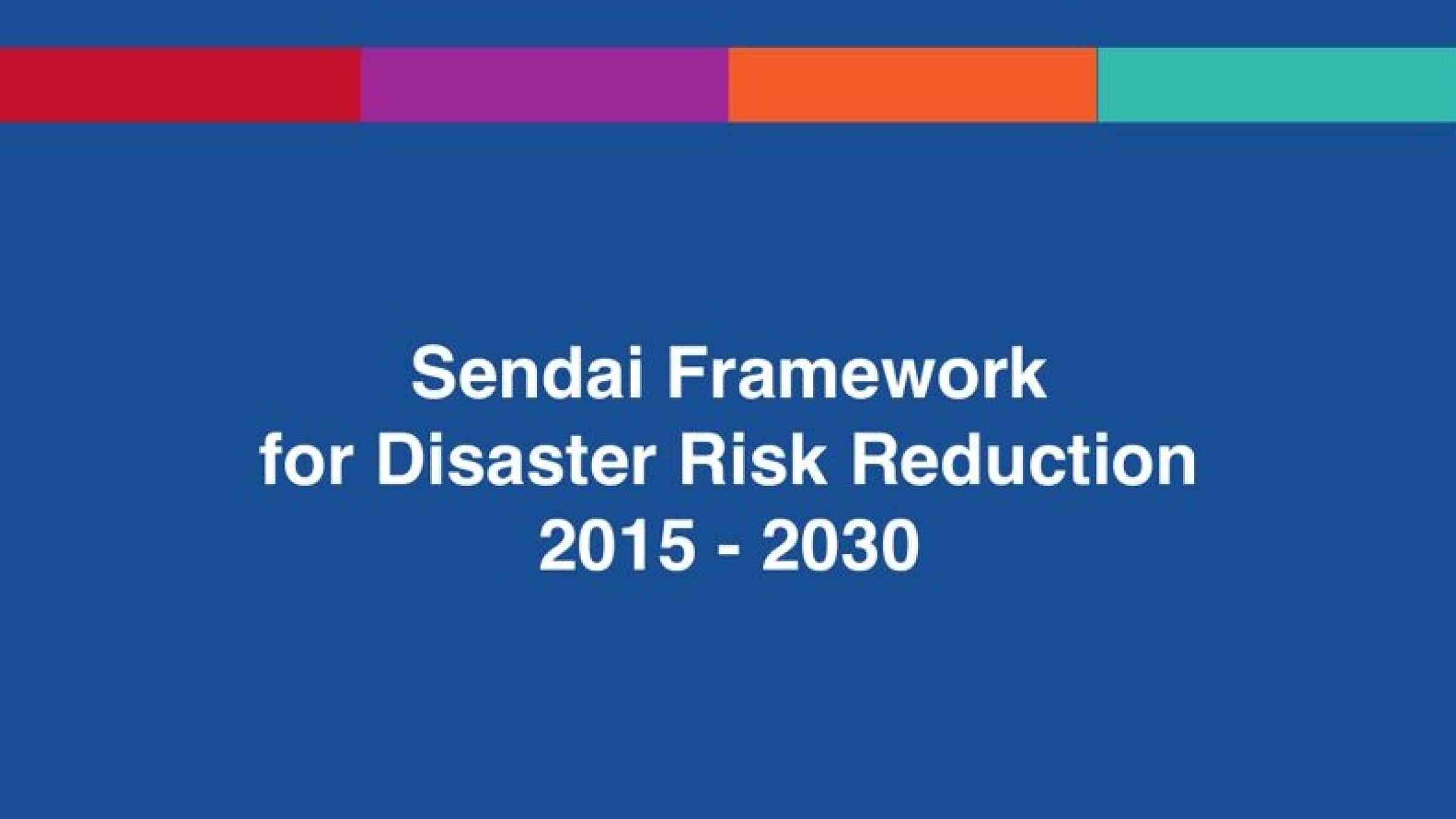Disaster risk reduction in landlocked developing countries
Disaster risks faced by LLDCs
Landlocked developing countries (LLDCs) face unique challenges due to their lack of territorial access to the sea and geographical remoteness, which also increases their vulnerability to the impacts of disasters. Many LLDCs are situated in regions prone to climate-related disasters, including extreme weather events amplified by climate change. LLDCs suffer disproportionately due to limited overland transportation infrastructure, including roads and bridges, as well as telecommunications networks. In terms of reducing disaster risks, inadequate infrastructure can hinder evacuation efforts, and prolong recovery efforts.
These aspects weaken trade, energy and transportation infrastructure, impact communication routes, and impose a direct cost on transit trade, which consequently limits the ability of LLDCs to integrate in global markets and make progress on their sustainable development goals. LLDCs face special trade and development challenges, arising from their lack of territorial access to the sea and geographical remoteness from international markets. These economic challenges can hamper the ability of landlocked countries to invest in disaster risk reduction measures and limit their capacity to recover from disasters.
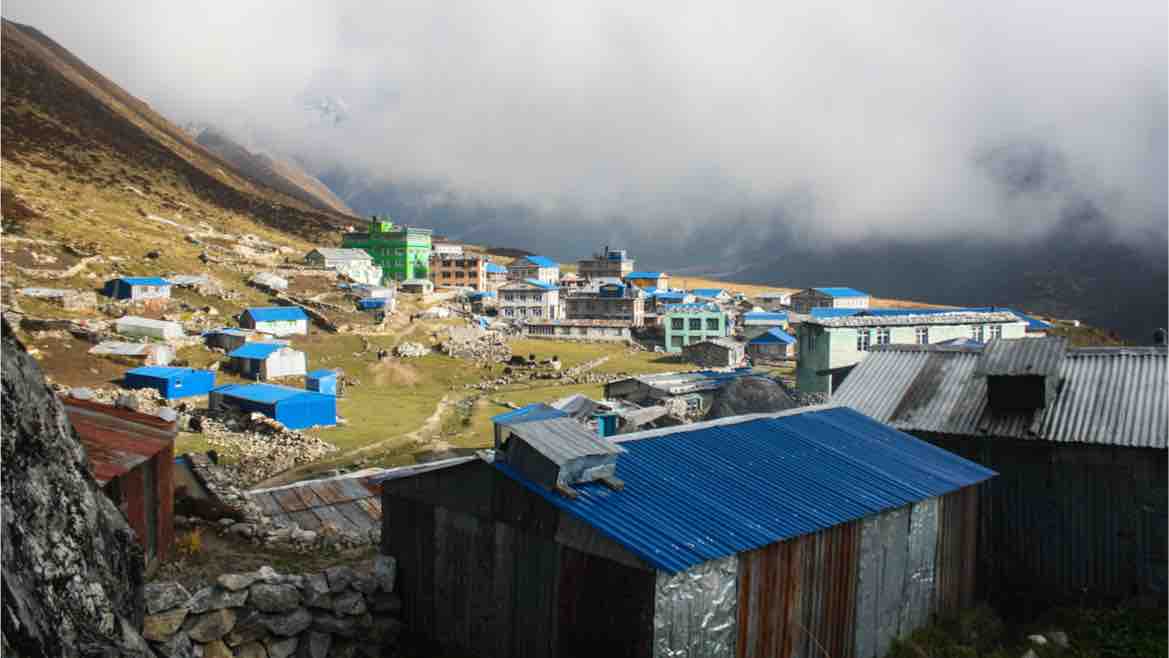
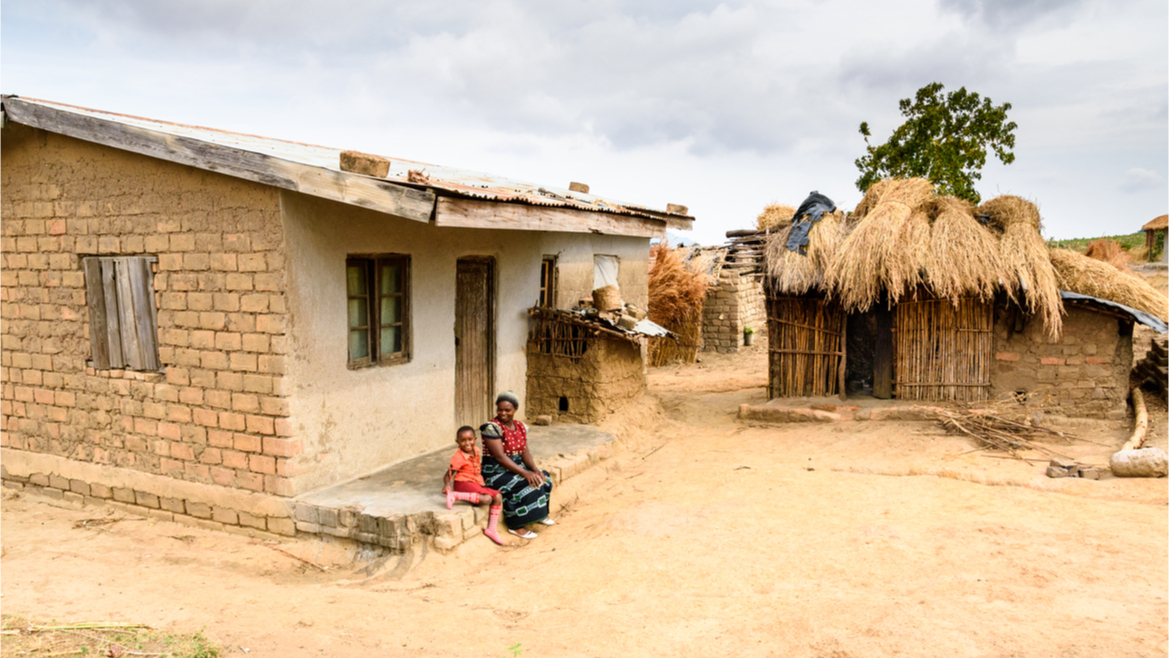
Landlocked developing countries (LLDCs) must prioritize risk-informed development in the face of an increasingly complex set of threats and risks which undermine development gains and obstruct future plans. Strengthening resilience is urgent to achieve sustainable development and safeguard past gains.
State of disaster risk reduction efforts in LLDCs
75%
LLDCs reported having national disaster risk reduction strategies.
59%
LLDCs reported having access to multi-hazard early warning systems.
59%
LLDCs have reported having local DRR strategies in place.
Facts and figures: Impact of disasters on LLDCs
- LLDCs are among the most vulnerable to climate change ramifications, especially drought, desertification, land degradation and the melting of glaciers. (VPoA)
- Approximately 54 per cent of LLDCs’ land is classified as dryland and 60 per cent of the population in LLDCs are located in these drylands, making them more vulnerable to the impact of climate change and climate-induced environmental degradation. (OHRLLS, 2022)
- Disaster mortality rates averaged 2.12 deaths annually per 100,000 population in reporting LLDCs during the period 2013-2022, significantly higher than the 0.84 per 100,000 population global average. (UNDRR, 2023)
- The average number of disaster-affected people per 100,000 was 3,120 in LLDCs between 2013 and 2022, compared to the global average of 2,034. (UNDRR, 2023)
- 36,532 critical infrastructure units and facilities were destroyed or damaged by disasters every year during the period 2015–2022. (UNDRR, 2023)
- Economic losses attributed to disasters of over 4.14 per cent of LLDC’s GDP in the period 2015-2022, in comparison to a global average of 1 per cent. (UNDRR, 2023)
- Less than 5 per cent of disaster-related official development assistance was allocated to prevention and preparedness in the period 2010-2019, with the vast majority allocated to emergency response and relief. (UNDRR, 2022)
LLDCs in the Midterm Review of the Sendai Framework
Adopted in 2023, the Political Declaration of the Midterm Review of the Sendai Framework underscores the critical link between disaster risk reduction efforts and the unique vulnerabilities faced by Landlocked Developing Countries. This acknowledgement underscores the imperative for tailored strategies and enhanced support mechanisms to address the specific challenges faced by LLDCs in mitigating disaster risks, building resilience, and fostering sustainable development pathways. More specifically, it highlights the need to:
- Prioritize risk-informed development in LLDCs in the face of an increasingly complex set of threats and risks, including the threats associated with the climate emergency.
- Enhance the capacity and capability of developing countries, particularly the LLDCs for disaster risk reduction by strengthening capacity-building investments and programs at the local and national level. As well as urgently extend the reach of multi-hazard early warning systems in LLDCs that lead to early action, including climate forecasting, to inform social protection measures.
- Increase public and private investments to anticipate, plan for, reduce and prevent disaster and to match the scale of existing and future risk. Investments must contribute to the reduction of disaster risk, the protection of lives, livelihoods and assets, resilience-building and the realization of sustainable development and poverty eradication.

Calls to Action
There is no doubt that disasters are eroding development gains and adding roadblocks to future development plans of LLDCs. Resilience to disasters must urgently be strengthened to ensure all LLDCs have the possibility of achieving long-lasting sustainable and resilient development.
Strengthening resilience and reducing vulnerability to climate change and disasters through a prevention-focused lens will be fundamental to achieving sustainable development through structural transformation in the LLDCs while allowing for sustainable development in the fields of science, technology and innovation, trade, regional integration, transit or transport and connectivity.
- Ensure that risk-informed Sustainable Development strategies are implemented, including climate-resilient development policies and projects in the LLDCs.
- An urgent and scaled-up focus on capacity building and technical assistance for disaster prevention, preparedness, and response, including resilient infrastructure, is imperative for LLDCs.
- Increase political leadership to prioritise resilient financing through global solidary and international partnerships for the LLDCs.
